Battle of the bounty rages over Holy Grail of sunken treasures
Colombia has landed a fresh blow against its main rival in the legal storm surrounding the ‘Holy Grail’ San José shipwreck, with billions in sunken treasure up for grabs in coordinates mismatch
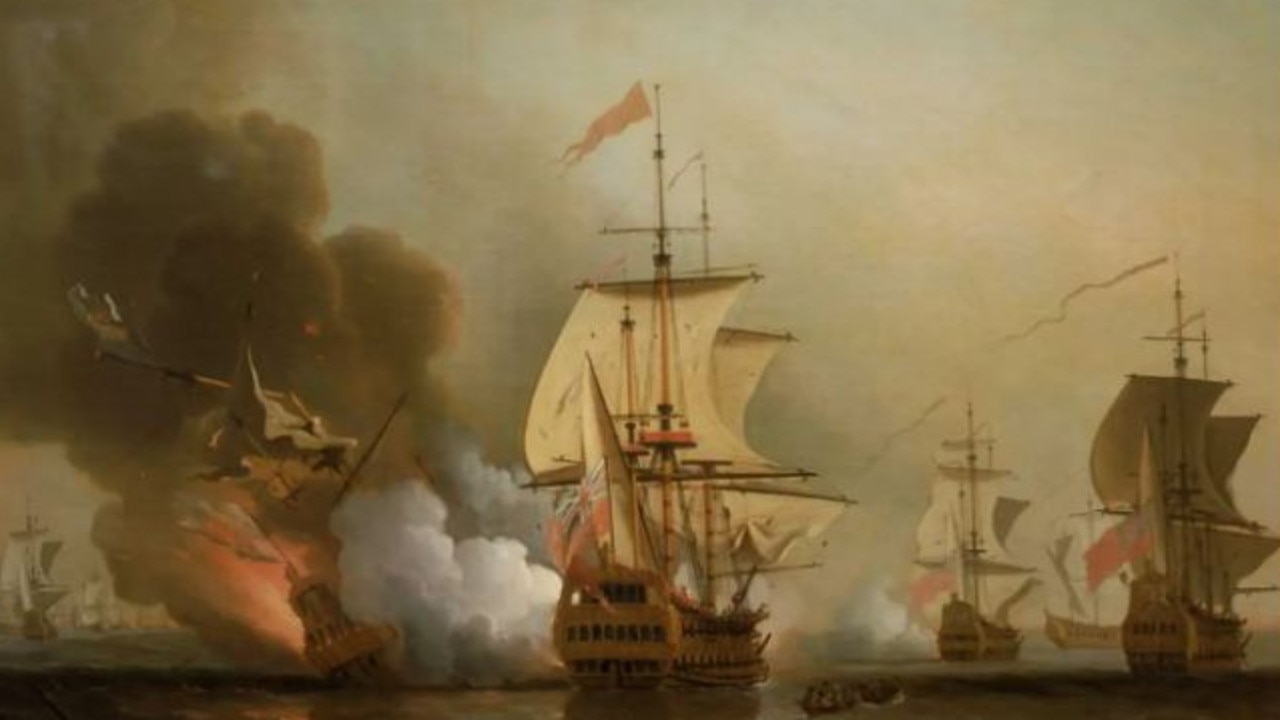
READING LEVEL: ORANGE
A dramatic international game of “finders keepers” is drawing to a close – but the stakes are higher than ever.
Colombia has revealed a new bombshell advantage to argue in the multi-billion dollar legal battle over who rightfully owns the bounty stored aboard the “Holy Grail of shipwrecks”, which has been valued at as much as $US20 billion ($AUD32 billion).
UPDATE: COLOMBIA FIGHTS BACK
While US-based salvage company Sea Search Armada (SSA) insists it found the wreck of 18th century Spanish galleon San José more than 40 years ago, Colombia has long disputed the claim, arguing that no shipwreck was found at the provided coordinates*. Colombia has further alleged that the salvage company never explicitly* reported the finding.
SSA is still seeking $US10 billion in compensation via the UN’s Permanent Court of Arbitration* – but Colombia’s legal case may have been strengthened by specific details alleging just how far off the mark the US salvagers were.
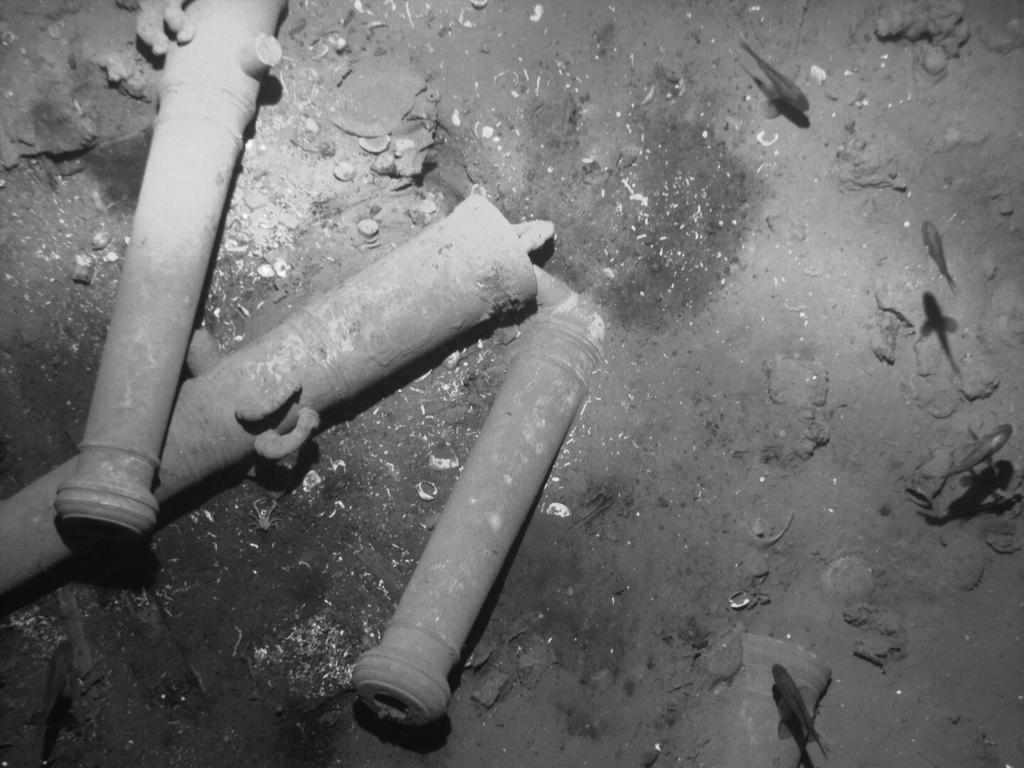
Speaking to The Bogotá Post last week, lawyer Yebrail Haddad from ANDJE, a government agency tasked with leading the legal defences of the State, sought to end SSA’s claims by releasing new research informing Colombia’s case.
“According to all the technical tests carried out, SSA never discovered the galleon San José, nor any other shipwreck,” Mr Haddad said.
Colombia commissioned research by numerous maritime experts, including Woods Hole Oceanographic Institution – the US’ largest independent oceanographic research institution – paying them $US1.4 million for the study.
It found the coordinates provided by the SSA in 1982 were 10km from the San José galleon’s real location.
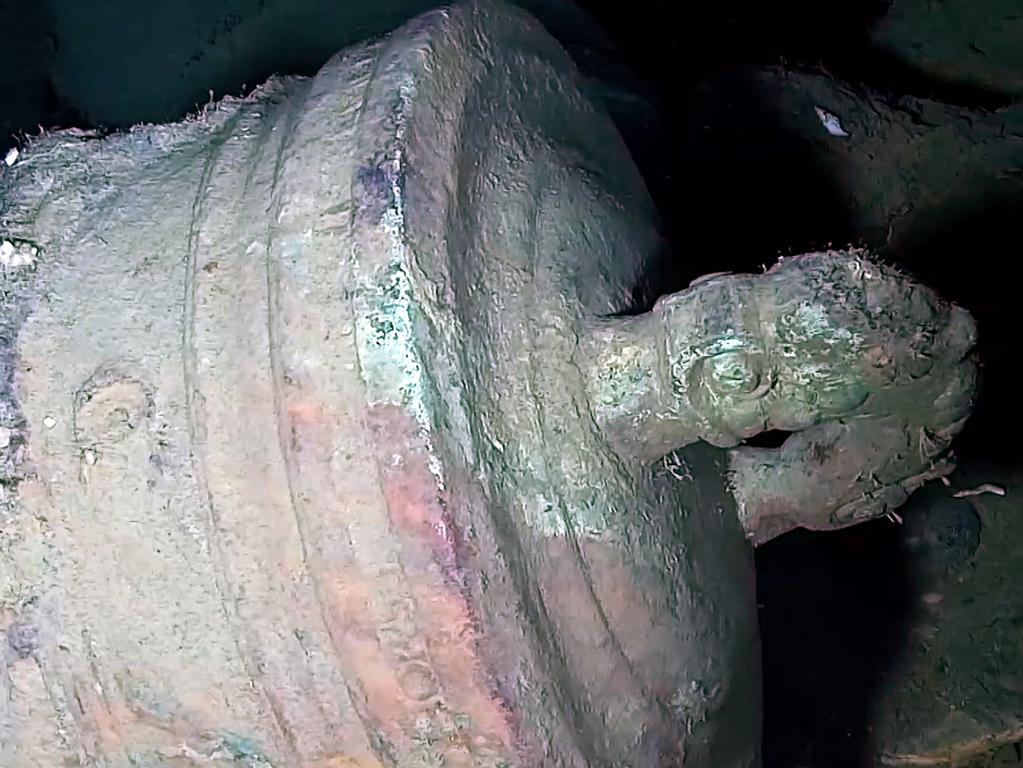
Mr Haddad hoped the findings would persuade the court, stating Colombia would not settle with the US company.
“For the government, a financial agreement with SSA is not an option,” he said.
The court’s decision is now expected late in 2025.
PROTECTED ARCHAEOLOGICAL SITE DECLARED
A long-lost shipwreck with a stash of gold on board thought to be worth billions of dollars has been locked away in the name of “protecting heritage*”.
Colombia declared a “protected archaeological* area” on Wednesday around the spot where a Spanish galleon* sank off its Caribbean* coast more than three centuries ago, with her hull* laden with gold, silver and emeralds.
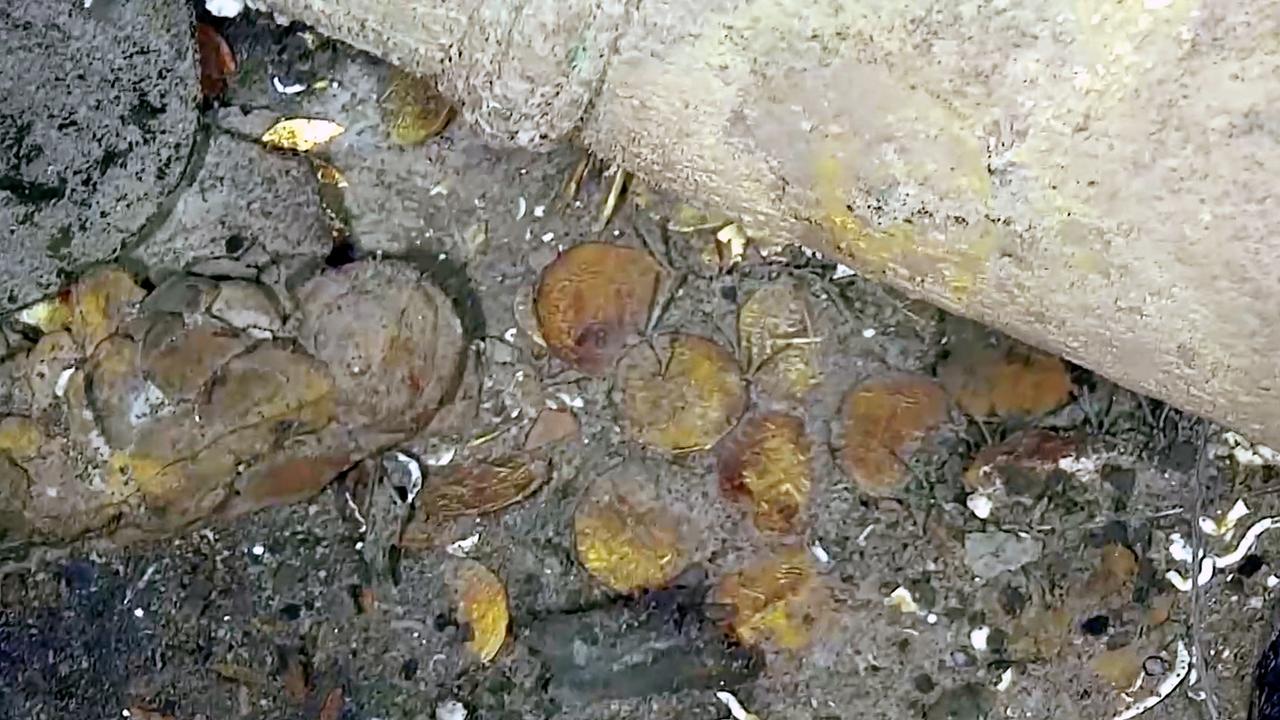
The classification “guarantees the protection of heritage*” through the ship’s “long-term preservation and the development of research, conservation* and valuation* activities” according to the nation’s culture ministry.
The San José was owned by the Spanish crown when she was sunk by the British navy near Cartagena in 1708. Only a handful of her 600-strong crew survived.
The galleon* had been heading back from the New World (now the Americas) to the court of King Philip V of Spain, bearing chests of emeralds and some 11 million gold and silver coins.
San José and her treasure have sat 600m deep ever since, with the location a closely-guarded state secret.
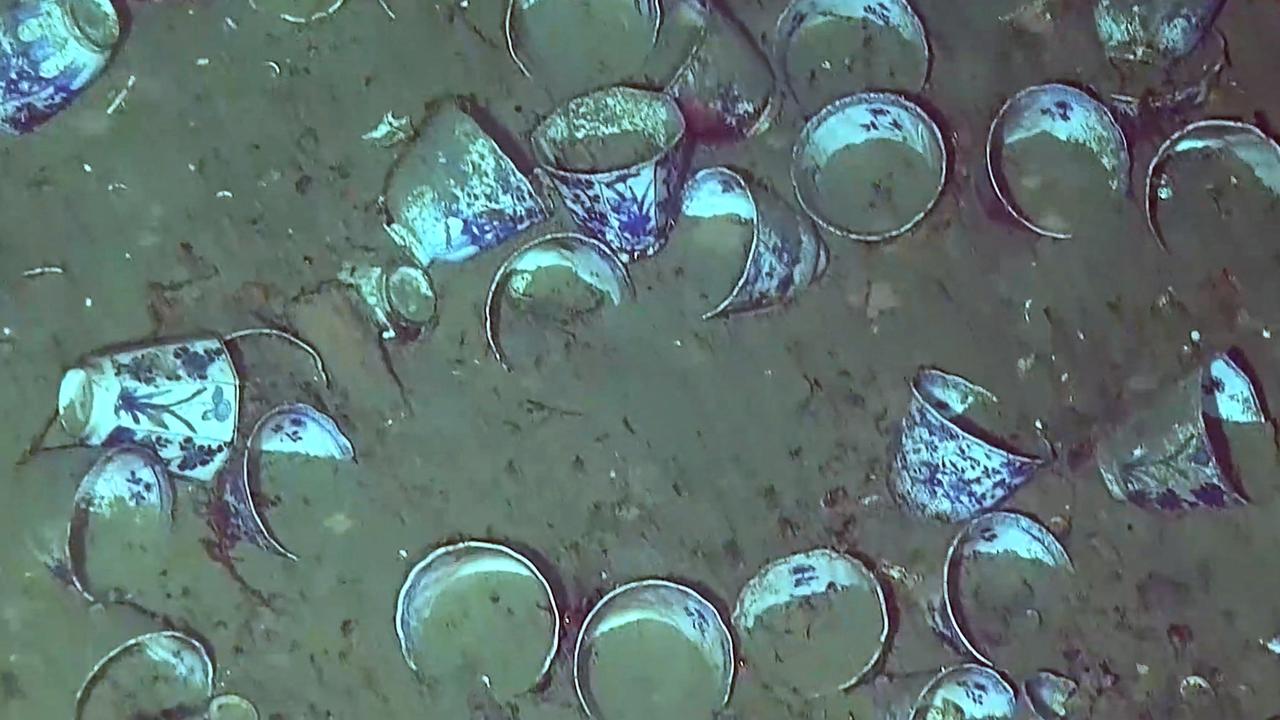
Colombia officially announced the discovery in 2015, but adventurers had sought her out long before that.
The value of her bounty* has been estimated to run into billions – even tens of billions – of dollars.
Still, despite this, Culture Minister Juan David Correa insisted: “This is not a treasure. We do not treat it as such.”
He announced the area’s new designation* at an event launching the first “non-intrusive” phase of a scientific exploration of the wreck.
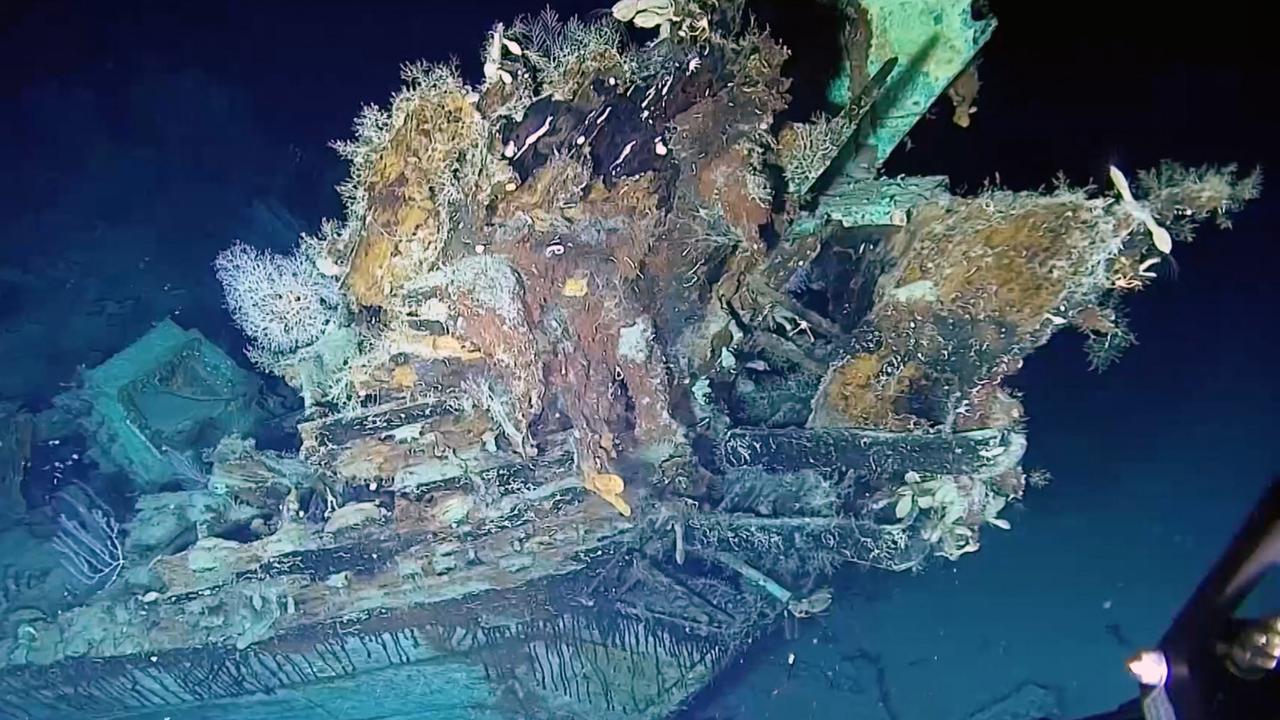
SAN JOSE’S CONTENTIOUS SPOILS*
Columbian President Gustavo Petro has insisted on raising the wreck for purposes of science and culture, but others still strenuously claim her invaluable contents.
Spain had laid claim to the ship and her contents under a UN convention* Colombia was not party to.
But Indigenous Qhara Qhara Bolivians claim the riches were originally stolen from them by the Spanish, who forced them to mine the precious metals.
Nonetheless Bolivia’s Indigenous people have stated they were willing to work with Columbia in return for only a few pieces from the San José.
“Not only for the symbolic issue but more for the spiritual issue,” Qhara Qhara leader Samuel Flores told AFP in 2023.
“We just want our ancestors* to be at peace.”
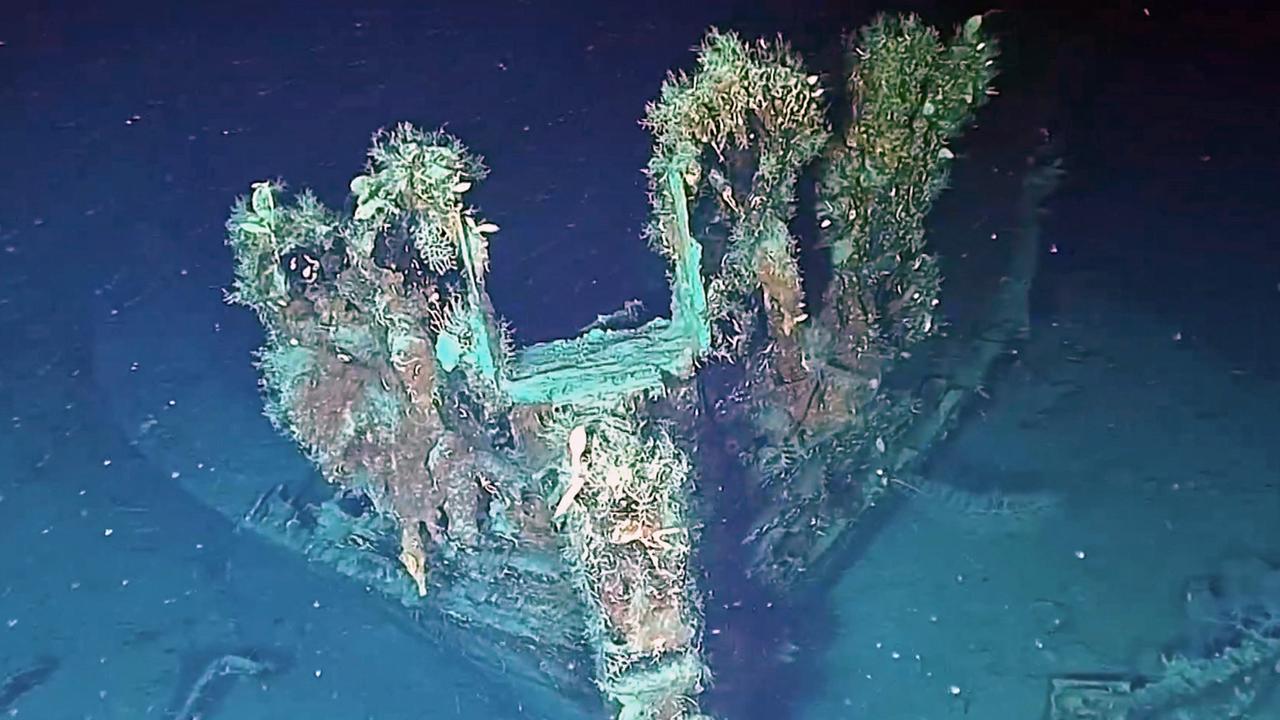
The wreck is also claimed by US-based salvage company Sea Search Armada*, which has said it found her first more than 40 years ago. The company has taken Colombia to the UN’s Permanent Court of Arbitration*, seeking $10 billion.
According to a Colombian government filing, the San José carried “the biggest treasure in the history of humanity.”
Sea Search Armada claimed it discovered the wreck in 1981 and estimated the value of her bounty to be between $4 billion to $20 billion.
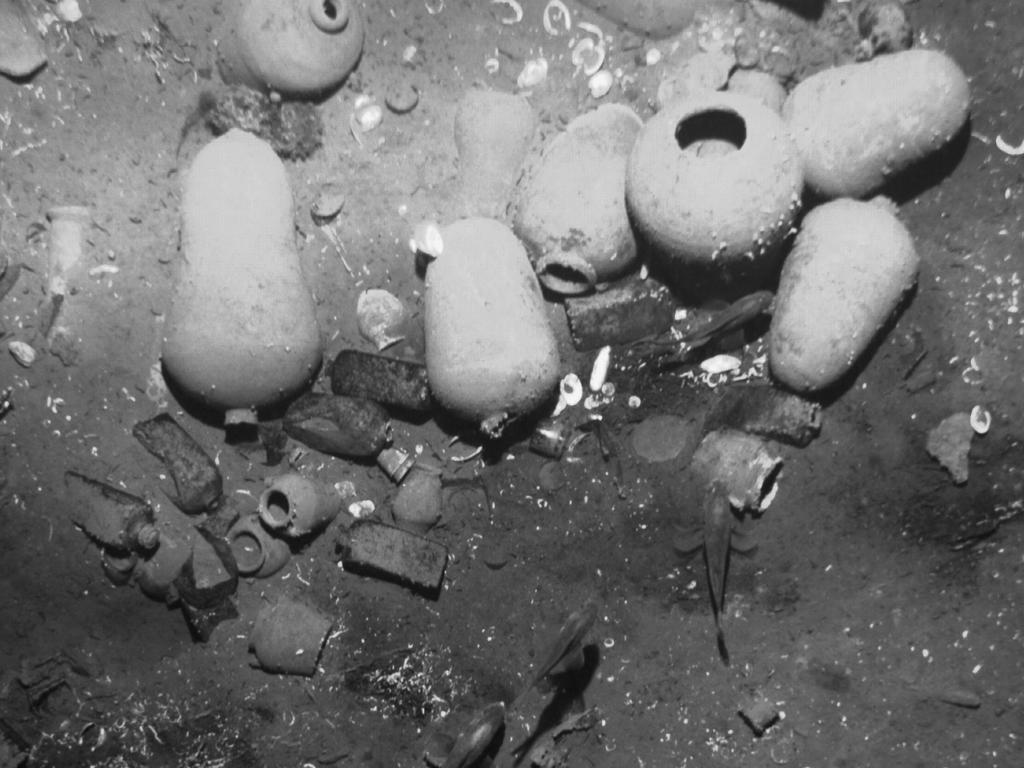
The salvager said it handed over the coordinates of the wreck to Colombia under an agreement for a 50 per cent share.
Rahim Moloo, a lawyer representing the group, said in a 2023 statement that Sea Search Armada must also contend with a 2020 law change that “unilaterally* converted everything on the ship to government property.”
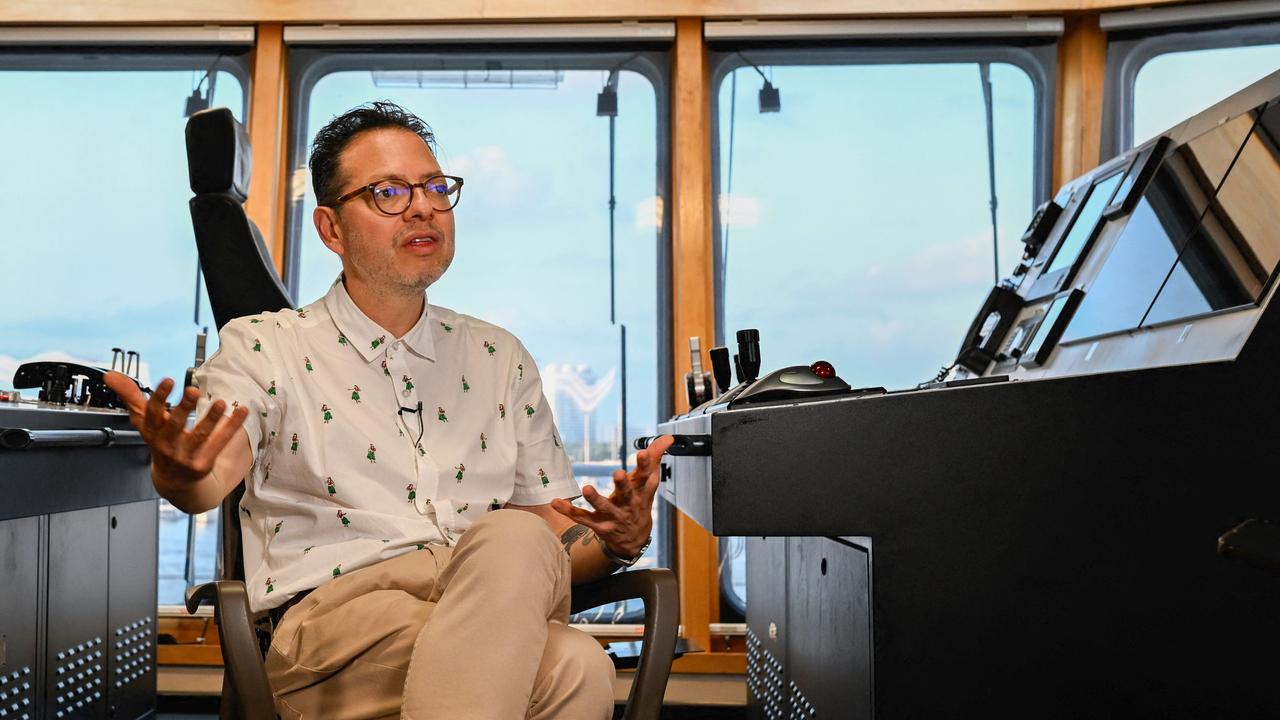
He said if Colombia “wants to keep everything on the San José for itself,” then “it can do so, but it has to compensate* our clients for having found it in the first place.”
However, Colombia disputed these claims, arguing that no shipwreck was found at the provided coordinates and that the company never explicitly* reported finding the San José.
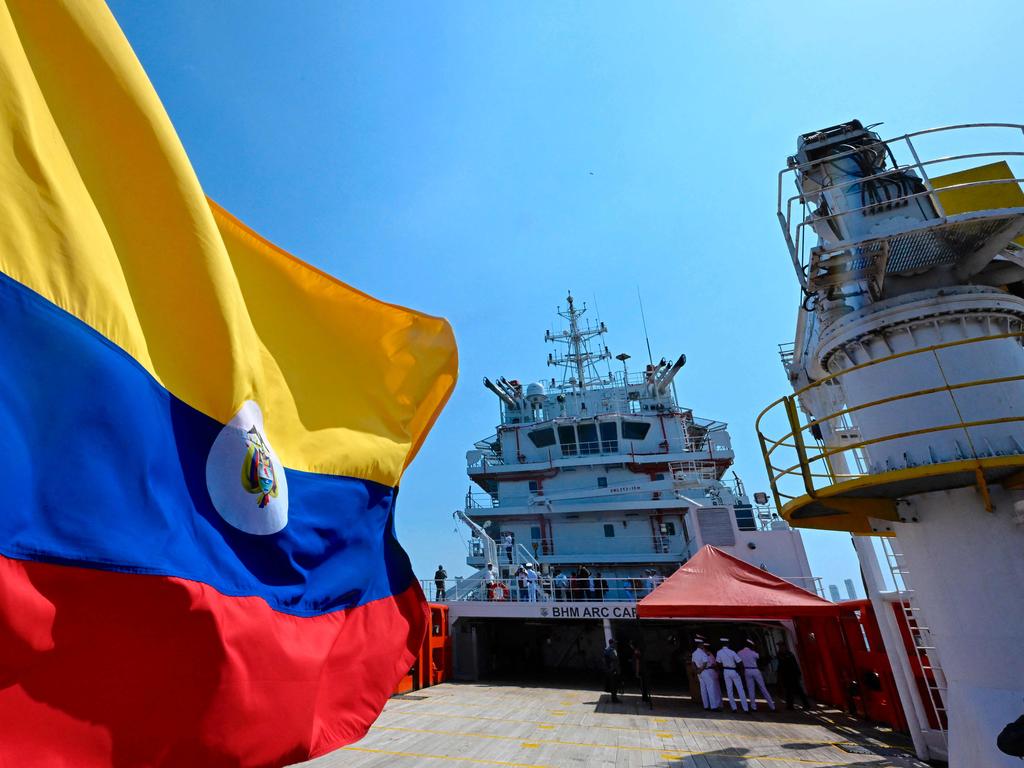
In 2015, Colombian President Juan Manuel Santos announced the discovery of the San José, but withheld the coordinates, declaring them a state secret.
Colombia maintained that the ship and her treasures are national heritage items.
The case, under the US-Colombia Trade Promotion Agreement, is to be resolved by the Permanent Court of Arbitration, with a decision expected this year.
POLL
GLOSSARY
- coordinates: two sets of numbers or letters that you need in order to find a specific point on a map or graph
- explicit: clear, exact and in detail
- arbitration: a legal procedure in which a dispute is presented and decided and also refers to the type of organisation that runs such proceedings
- heritage: history, traditions and practices from the past that are still important
- archaeological: relating to scientific study of the material remains of past human life
- galleon: large sailing ship with three or four masts and square masts, developed in Spain and Portugal for use in trade and war between the 15th and 18th centuries
- Caribbean: region of the Caribbean Sea and its islands or to the people of the islands
- hull: main watertight body or frame of a boat
- conservation: careful preservation and protection of something
- valuation: the act of deciding how much money something is worth
- bounty: money paid as a reward
- designation: description, name or title given to someone or something
- spoils: valuables, profits, advantages and goods
- UN convention: written legal agreements between different countries and the UN
- ancestors: relatives who lived a long time ago descended from the same line
- armada: large group of armed ships that fight wars at sea
- arbitration: the formal process of having an outside person or organisation, agreed by both sides of a conflict, to help end the disagreement
- unilaterally: doing or deciding something without first asking or agreeing with another person, group, or country
- compensate: to provide something good, useful and of value in place of something else that has been withheld
- explicitly: in a way that is very clear, direct and exact
EXTRA READING
Heave ho for ‘Holy Grail’ shipwreck
Huge discovery in Neolithic shipwreck
‘Holy Grail’ of shipwrecks found
QUICK QUIZ
- Colombia declared that the spot surrounding the wreck would be known as what?
- What was the Spanish galleon’s hull laden with when the ship went down?
- Where, in what year and with how many crew aboard did the San José go down?
- What was the estimated the value of the bounty according to Sea Search Armada?
- What is the claim made by Indigenous Qhara Qhara Bolivians?
LISTEN TO THE UPDATE
LISTEN TO THIS STORY
CLASSROOM ACTIVITIES
1. Shipwreck ownership
It looks like a very detailed and confusing legal case to determine who legally owns the contents of this shipwreck and has the right to explore and possibly bring it to the surface.
After reading the information in the Kids News article, who do you think are the rightful owners of the shipwreck?
Colombia
Spain
Indigenous Qhara Qhara Bolivians
Sea Search Armada
Some combination of these claimants
If you were the judge making the decision in a court of law, outline your judgement and reasoning for your decision.
Time: allow 25 minutes to complete this activity
Curriculum Links: English, History, Personal and Social, Critical and Creative Thinking
2. Extension
What do you know about the laws regarding finding and keeping something that isn’t rightfully yours?
If you found money or an item of value, and handed it in, might you get to keep it?
Would you hand something in that you found that wasn’t yours?
Time: allow 15 minutes to complete this activity
Curriculum Links: English, Personal and Social, Critical and Creative Thinking
VCOP ACTIVITY
BAB it!
Show you have read and understood the article by writing three sentences using the connectives “because’’, “and”, and “but” (BAB). Your sentences can share different facts or opinions, or the same ones but written about in different ways.

